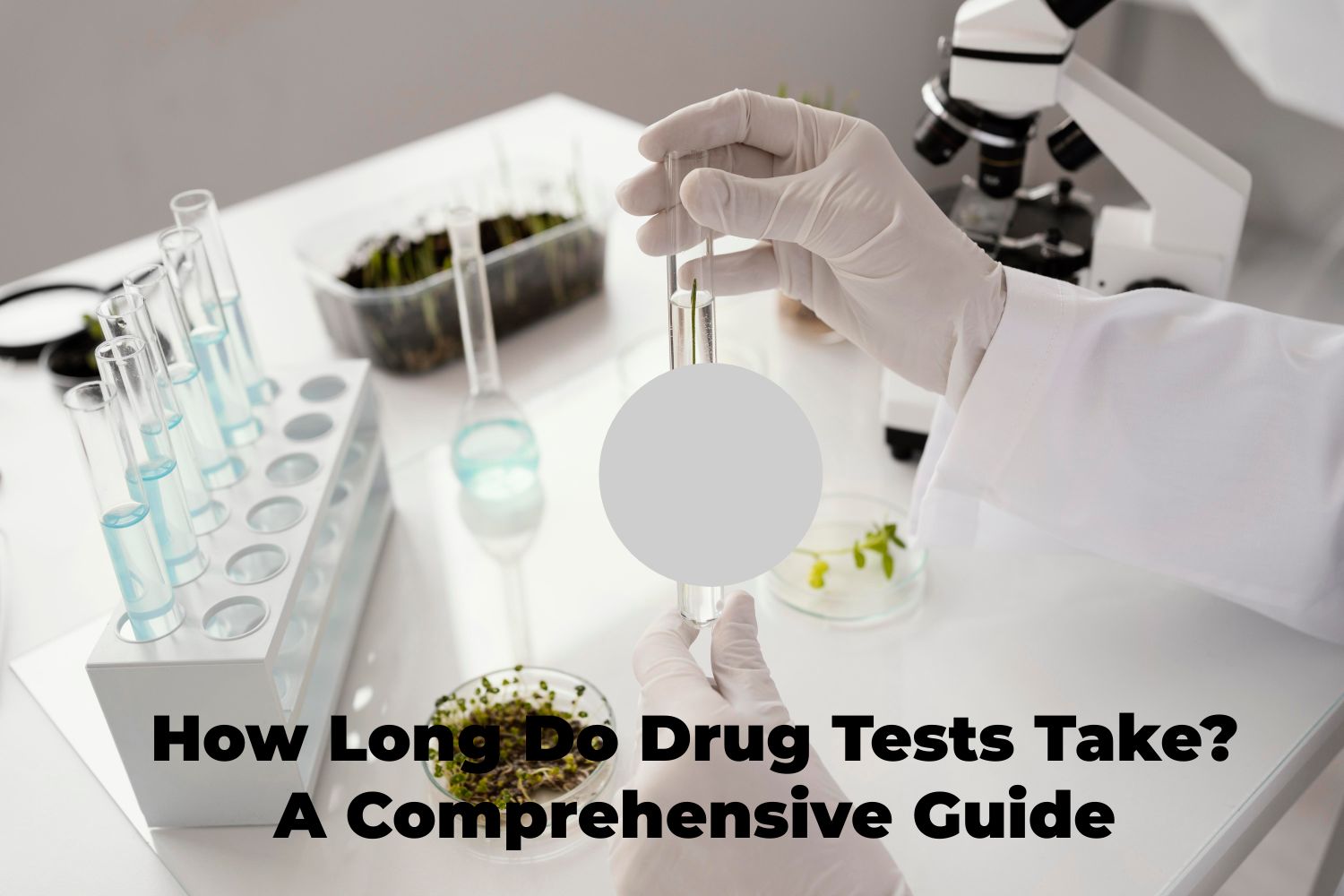Understanding Cyclobenzaprine 10 mg: A Comprehensive Guide to Duration of Action
Last Updated on December 26, 2023 by Lily
Cyclobenzaprine 10 mg is a widely prescribed muscle relaxant known for its efficacy in alleviating muscle spasms and associated pain. For those seeking relief from musculoskeletal conditions, understanding the duration of action of this medication is crucial. In this comprehensive guide, we delve into the nuances of cyclobenzaprine 10 mg, exploring how long it typically lasts, factors influencing its effectiveness, and practical tips for optimizing its benefits.
The Basics of Cyclobenzaprine 10 mg
Cyclobenzaprine is a muscle relaxant that works by affecting nerve impulses in the brain. The 10 mg tablet is a common dosage prescribed to manage muscle spasms resulting from injuries, strains, or other musculoskeletal conditions. It belongs to a class of medications known as centrally acting skeletal muscle relaxants.
Duration of Action: How Long Does It Last?
The duration of action of cyclobenzaprine 10 mg varies from individual to individual, but generally, it is designed for short-term use. On average, its effects may last for 4 to 6 hours. However, it’s important to note that individual responses can differ based on factors such as metabolism, overall health, and the severity of the condition being treated.
Factors Influencing Duration of Action
Several factors can influence how long the effects of cyclobenzaprine 10 mg last:
a. Individual Metabolism:
- Individuals with faster metabolisms may experience a quicker onset and shorter duration of action, while those with slower metabolisms may have a more prolonged effect.
b. Health Conditions:
- Underlying health conditions, particularly liver and kidney function, can impact the metabolism and elimination of cyclobenzaprine from the body.
c. Concurrent Medications:
- Interactions with other medications can either enhance or diminish the effects of cyclobenzaprine. It’s crucial to inform your healthcare provider about all the medications you are taking.
Optimizing Relief: Tips for Effective Use
a. Proper Dosage and Administration:
- Follow your healthcare provider’s prescribed dosage and administration instructions. Avoid self-adjusting the dosage without consulting your healthcare professional.
b. Timing Matters:
- Take cyclobenzaprine 10 mg as recommended, considering its relatively short duration of action. For some individuals, splitting the daily dose may provide more consistent relief.
c. Combining with Physical Therapy:
- Supplementing medication with physical therapy exercises can enhance the overall effectiveness of treatment, promoting muscle strength and flexibility.
Potential Side Effects and How to Manage Them
While cyclobenzaprine is generally well-tolerated, it can cause side effects in some individuals. Common side effects include drowsiness, dizziness, and dry mouth. If these effects persist or worsen, it’s essential to inform your healthcare provider. To manage these side effects:
a. Stay Hydrated:
- Drinking plenty of water can help alleviate dry mouth.
b. Be Cautious with Alcohol:
- Limit alcohol intake while taking cyclobenzaprine, as it may intensify drowsiness.
c. Monitor Drowsiness:
- Avoid activities requiring alertness, such as driving, until you understand how cyclobenzaprine affects you.
Extended-Release Formulations and Alternatives
For individuals seeking a more prolonged effect, extended-release formulations of cyclobenzaprine may be considered. These formulations are designed to release the medication gradually over an extended period, providing sustained relief. Additionally, healthcare providers may explore alternative medications or therapies based on individual needs and responses.
Consulting Your Healthcare Provider: When to Seek Guidance
a. Regular Check-Ins:
- Regularly communicate with your healthcare provider to discuss the effectiveness of cyclobenzaprine and any changes in your condition.
b. Persistent Issues:
- If you experience persistent muscle spasms or pain, it’s crucial to consult your healthcare provider. Adjustments to the treatment plan may be necessary.
Conclusion: Navigating the Journey with Cyclobenzaprine 10 mg
In conclusion, cyclobenzaprine 10 mg serves as a valuable tool in managing muscle spasms and associated pain. Understanding its duration of action, optimizing its use, and being mindful of individual factors can contribute to a more effective and comfortable experience. As with any medication, open communication with your healthcare provider is key to ensuring the best possible outcome in your journey from discomfort to relief.
Frequently Asked Questions
Q1: What is Cyclobenzaprine 10 mg, and what is it used for?
Cyclobenzaprine 10 mg is a muscle relaxant prescribed to alleviate muscle spasms and associated pain caused by injuries, strains, or musculoskeletal conditions.
Q2: How long does the effect of Cyclobenzaprine 10 mg last?
he duration of action varies but generally lasts for 4 to 6 hours. Individual responses may differ based on factors like metabolism and overall health.
Q3: Can I adjust the dosage of Cyclobenzaprine 10 mg on my own?
No, it’s crucial to follow the prescribed dosage provided by your healthcare provider. Self-adjusting the dosage without professional guidance can lead to adverse effects.
Q4: Are there factors that influence how long Cyclobenzaprine 10 mg lasts in the body?
Yes, individual metabolism, underlying health conditions, and interactions with other medications can impact the duration of action.
Q5: What are the common side effects of Cyclobenzaprine 10 mg?
Common side effects include drowsiness, dizziness, and dry mouth. If these persist or worsen, it’s important to inform your healthcare provider.
Q6: Can I drink alcohol while taking Cyclobenzaprine 10 mg?
It’s advisable to limit alcohol intake, as it may intensify drowsiness. Always consult your healthcare provider regarding alcohol consumption.
Q7: Are there extended-release formulations of Cyclobenzaprine available?
Yes, extended-release formulations are designed for a more prolonged effect, releasing the medication gradually over time.
Q8: Can I combine Cyclobenzaprine 10 mg with physical therapy?
Yes, combining medication with physical therapy exercises can enhance overall treatment effectiveness, promoting muscle strength and flexibility.
Q9: When should I consult my healthcare provider about Cyclobenzaprine 10 mg?
Regular check-ins are advisable to discuss the medication’s effectiveness. If you experience persistent issues or changes in your condition, consult your healthcare provider promptly.
Q10: Are there alternatives to Cyclobenzaprine for muscle spasms?
Your healthcare provider may explore alternative medications or therapies based on individual needs and responses. Always consult with your healthcare professional before making any changes.
Related Posts

Took a Drug Test on Wednesday: When Should I Expect the Results?

How Long Do Drug Tests Take? A Comprehensive Guide

How to Pass a Urine Drug Test at Concentra
About Author
Lily
I'm Lily, a freelance writer with a deep understanding of Healthcare. Based in the United States, I specialise in creating high-quality content on a wide range of Health topics, from urgent care and medical and hospitality.
